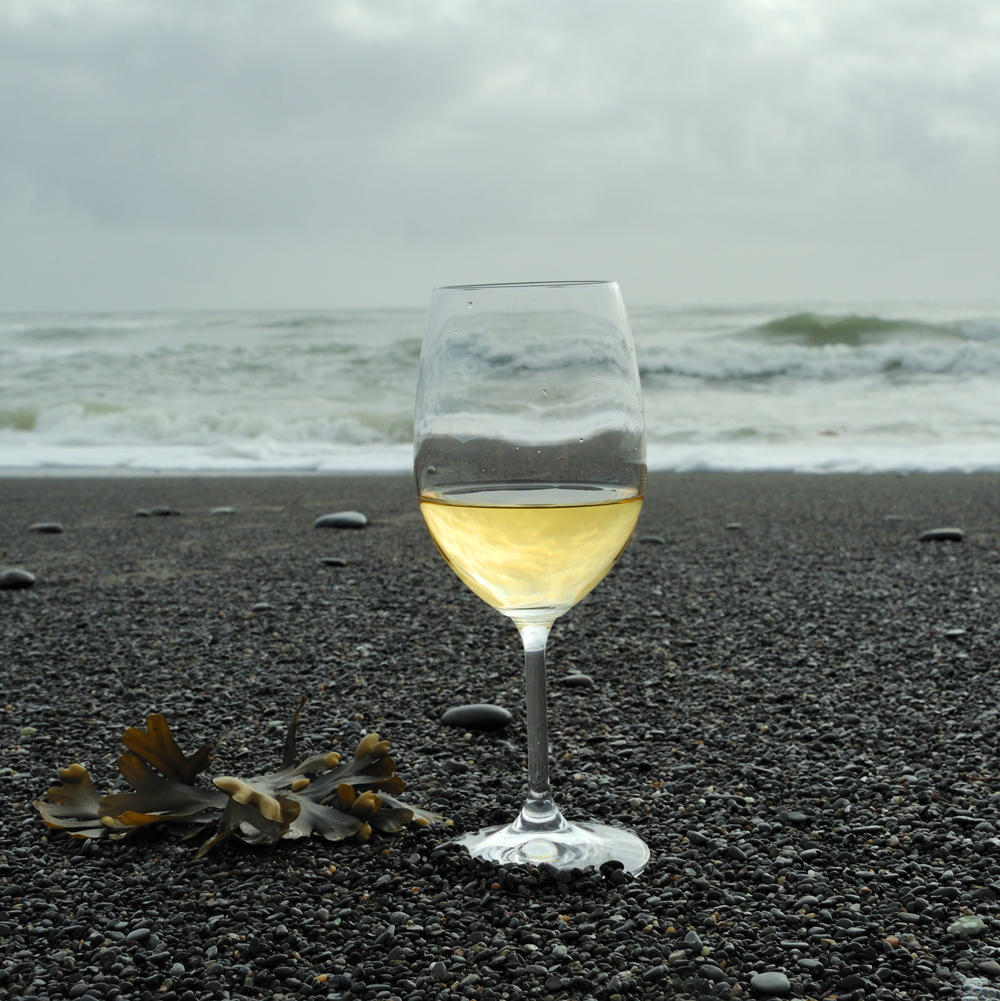
August 1st marks World Albariño Day, a delightful occasion to pay homage to this beautiful grape variety that gives us light, refreshing, and highly aromatic wines, perfect for the summer season.
Albariño, also known as Alvarinho in Portugal, is a white grape variety native to the north-western regions of both Spain and Portugal. Its name is derived from the word “alba,” meaning white. The grape thrives in Galicia, Spain, and the Monção and Melgaço regions of Portugal. These regions are essentially one geographical area, only divided by a political border. It is here that Albariño has been cultivated since at least the 12th century, showcasing its longstanding history in the region.
In the past, there was speculation that Albariño was brought to Galicia by monks, who believed it to be a clone of Alsace Riesling. However, modern analysis has debunked this theory, revealing its unique origin.
In Galicia, the primary wine region renowned for its expertise in varietal Albariño is Rías Baixas (DO). Until the 1980s, Rías Baixas, like much of Galicia, was an economically challenged agricultural area. Local farmers cultivated vines along the borders of their fields and gardens, producing wines mainly for personal consumption. These wines were typically blends, with Albariño being just one component. However, in the 1980s, winemakers in Rías Baixas decided to transform this situation and focus on a new direction.
The decision to specialize in Albariño was not arbitrary. Rías Baixas boasts a distinct climate compared to other regions of Spain. Influenced by the Atlantic Ocean, the area enjoys humidity, freshness, mild winters, and moderately warm summers, tempered by oceanic fog. To harness the humid conditions, vines are grown on elevated pergolas, ensuring ample ventilation and preventing the growth of mold.
Albariño, with its natural resistance to mold, is exceptionally well-suited to the Atlantic climate of Rías Baixas. The variety thrives under these conditions, producing light, highly aromatic, and dry wines. In recognition of its achievements, Rías Baixas was granted Denominación de Origen (DO) status in 1988, propelling Rías Baixas Albariño to worldwide acclaim. Today, it stands proudly as one of the finest Spanish white wines.
Traditionally, Rías Baixas specializes in producing Albariño wines meant to be enjoyed relatively young. These wines are dry, light (11.5-12.5% abv), with a pleasing acidity, prominent minerality, and a botanical aroma underscored by apricot and peach notes. The proximity to the ocean occasionally lends the wine a subtle salinity.
Yet, Albariño’s high natural acidity also makes it suitable for aging. In recent times, some winemakers have embraced this potential, crafting rich, full-bodied Albariños (up to 14% abv) through oak or lees aging techniques, yielding impressive results. As the region continues to refine its winemaking practices, the future looks bright for Rías Baixas Albariño.
In Portugal, Albariño—known as Alvarinho—is predominantly grown in the Vinho Verde wine region (DO since 1984), renowned for its vibrant and youthful wines. This region is located just across the river Miño from Rías Baixas, so the climate is quite similar.
Vinho Verde is traditionally known for producing “green wine” (this is translation of the name), but in this context, “green” does not refer to the color but rather to the wine’s youthfulness. Vinho Verde is a very young wine ready for consumption just six months after the grape harvest, available in red, rosé, or white variations. It is often slightly effervescent, although the pressure is lower than 1 bar, not enough to classify it as a sparkling wine. In the past, the slight fizziness in Vinho Verde resulted from malolactic fermentation that took place directly in the bottle. While this process might typically be considered a fault in winemaking, for Vinho Verde, it served a practical purpose. Non-clear bottles were used to mask the turbidity resulting from the process. However, towards the end of the 20th century, most producers moved away from this approach. They switched to clear bottles and preserved the traditional effervescence by introducing CO2 artificially during bottling, highlighting the wine’s freshness.
Traditionally, Vinho Verde wines are blends, very light and ranging from 8.5% to 11.5% abv. However, the regions of Monção and Melgaço, now specializing in Alvarinho, produce exceptional varietal Vinho Verde Alvarinho, among the finest DO wines. Here, the grapes ripen to much higher sugar content, resulting in wines with higher alcohol levels (11.5% to 14% abv). These Alvarinho wines from Monção and Melgaço showcase the grape’s full potential and have become a celebrated highlight of the region.
For centuries, Albariño had been exclusively associated with Spain and Portugal. However, as the wines of Rías Baixas and Vinho Verde gained international recognition, this delightful variety began to find new homes around the world. While 90% of Albariño is still grown in its native regions, its presence is expanding beyond its traditional boundaries. Nowadays, Albariño is also cultivated in the USA, particularly in California, Oregon, and Washington. Additionally, it has found success in New Zealand, Uruguay, and South Africa, where winemakers have embraced its unique characteristics and versatility.
Visit my online store for a unique poster featuring this cocktail, along with many other beautiful cocktails and other wine-related subjects.
It’s the perfect way to add a touch of sophistication to your kitchen or bar. Click here to shop now!